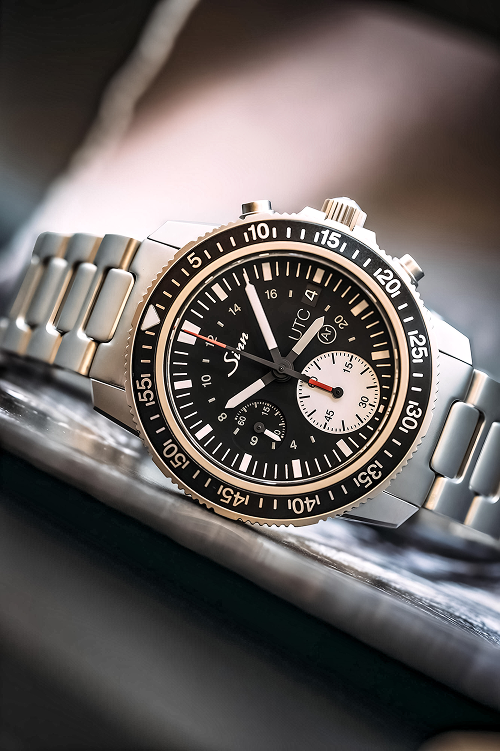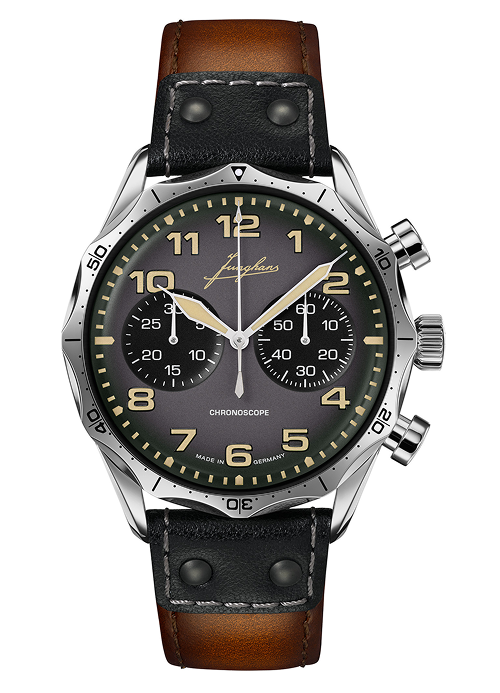The Other Side of Precision: Germany’s Tool Watch Titans
Mention German watchmaking and storied names like A. Lange & Söhne, NOMOS Glashütte, and Glashütte Original invariably float to the surface. The elegance and precision of these brands is well-documented; however, there is another breed of German watchmaker—less formal, more utilitarian—whose mission is rooted in durability, functionality, and a certain rugged Teutonic charm. These are the brands worn in cockpits and on cold mountain climbs, in labs and at the helm of North Sea trawlers. They are Germany’s tool watchmakers, and their story is equally deserving of attention.
From Saxony to the Black Forest: Germany’s Watchmaking Regions
While Glashütte is the spiritual and geographical heart of traditional German watchmaking, it isn’t the only region with horological heritage. The Black Forest, Pforzheim, and the Swabian Jura have all nurtured a distinctly German approach to watchmaking—one that favours engineering over ornamentation, and practicality over pomp. These areas provided fertile ground for the birth of brands that specialized in military, aviation, and technical watches—pieces made to endure, not merely impress.
Sinn Spezialuhren: Engineering for the Extreme
Founded in 1961 by former pilot and flight instructor Helmut Sinn, Frankfurt-based Sinn Spezialuhren has long blurred the line between horology and engineering. Its watches are not so much built as they are designed for scenarios most of us will never experience—pressure equalization systems, tegimented steel, Ar-Dehumidifying technology—the list reads more like a spec sheet for a space mission than a wristwatch.
From the instrument-inspired 104 to the submarine-steel UX, Sinn’s catalogue is a deep dive into form-follows-function design. And while their watches may look understated at first glance, they are anything but ordinary.
Hanhart: Timing the Skies and the Track
One of Germany’s oldest and most respected tool watchmakers, Hanhart has been manufacturing precision stopwatches and chronographs since 1882. Based in Gütenbach in the Black Forest, Hanhart played a key role in outfitting Luftwaffe pilots during World War II with chronographs like the legendary 417 ES—later made famous on the wrist of Steve McQueen.
Today, the modern Hanhart lineup stays remarkably true to its roots, blending vintage aesthetics with contemporary functionality. Models like the 417 ES Flyback Heritage and the 415 ES Iconic showcase the brand’s knack for combining historical charm with robust, high-performance movements.
Laco: From Flieger Roots to Modern Appeal
Laco (originally Lacher & Co) is one of the original five companies commissioned to produce B-Uhr Flieger watches during WWII—a design that remains iconic in pilot watch history. Based in Pforzheim, Laco has embraced its roots while also pushing into contemporary territory.
Modern interpretations like the Augsburg and Aachen maintain the austere utility of the originals, while the more recent iterations add welcome refinements such as automatic movements, sandwich dials, and luminous hands. For those drawn to no-nonsense aviation instruments, Laco continues to deliver the goods. Their Hamburg Din GMT 8330 and the Kiel Sport Chrnoograph demonstrate the brand’s commitment to pushing pilot watch boundaries, while the Laco Sport DLC proves that they have more than one trick up their sleeves.
Stowa: Clean Lines, Lasting Legacy
Like Laco, Stowa also hails from Pforzheim and shares Flieger DNA, but the brand has broadened its focus in recent years. Founded in 1927 by Walter Storz, Stowa is perhaps best known for its clean, Bauhaus-inspired designs like the Antea, and field-ready classics like the Flieger Klassik.
What sets Stowa apart is its commitment to quality and minimalism, often producing watches in limited numbers and finishing components in-house. It’s a brand that operates under the radar, yet consistently wins over collectors looking for authentic German craftsmanship.
Junghans: Bauhaus Meets Utility
Though often associated with minimalist design thanks to its Max Bill collection, Junghans also has a strong history in functional timekeeping. Based in Schramberg in the Black Forest, Junghans was once the largest clockmaker in the world and produced military wristwatches and dashboard timers throughout the 20th century.
While their modern collections lean toward the stylishly pared-down, the brand’s focus on legibility, wearability, and precision echoes the tool watch ethos. The Meister Pilot, in particular, is a standout—a two-register chronograph with vintage aviation roots and unmistakable German charm.
A Culture of Precision, Reimagined
What unites these brands isn’t just geography—it’s philosophy. German tool watchmakers approach horology with the mindset of an engineer, not a stylist. Cases are overbuilt. Movements are finely regulated. Legibility and ergonomics are prioritized over embellishment. And whether they’re assembled in Glashütte, Frankfurt, or the Black Forest, these watches reflect a uniquely German belief: that function isn’t the enemy of beauty—it’s its foundation.
So the next time you hear someone invoke “German watchmaking,” think beyond the gilt-finished bridges and three-quarter plates of Glashütte. There’s a whole other side to that story—one told in matte dials, knurled crowns, and bezel clicks you can feel in your bones.
Article by:
Brent Robillard
@calibre321




